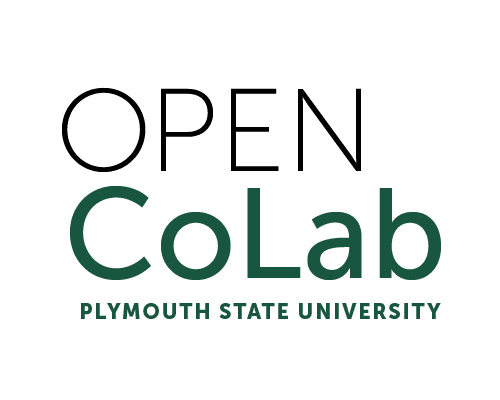

Design Forward
An emergent exploration of critical instructional design.
Design Forward
Portfolio Part: My experience as a Student
Your Teaching Origins
My experience as a Student
Step One
In the boxes below, Name those things/people/experiences that have shaped your approach to teaching. Describe their Influence. Add as many as you would like.
In the Rank column, try to rank your influences (as best as you can), where the lowest number means the greatest amount of influence.
| Name | Influence | Rank |
|---|---|---|
| My own experiences as a student | Helps me see what is meaningful activity | 1 |
| Teachers that I admire | Helps me find meaningful approaches | 1 |
| Reading and research I have done | Helps me bjuild greater depth in the curriculum | 2 |
Step Two
Choose three influences you identified and write three paragraphs about the impact they had on your teaching.
Paragraph 1: Identify specific ways in which these influences can be seen in your teaching.
Paragraph 2: Discuss whether you feel like that overall impact has been positive or negative.
Paragraph 3: Imagine your future teaching self and write how you would like to further integrate or eliminate these influences.
When I was a young student, the curriculum was entirely top-down, determined by the teacher or administration. I think this treats the student as an empty vessel to fill with knowledge the teacher thinks they should have. But this ignores the student’s needs and interests. I think this encourages learning for the test, and forgetting the learning afterwards. How does that improve the student’s life? If we take advantage of a student’s innate curiosity, their learning will be more self-directed, and more meaningful to them. On the other hand, courses i have taken in recent years, that used a more project-based approach, that allowed for more individual choice and creativity have allowed me to extend my learning in ways that satisfied my needs. I like the flexibility of this course’s structure. It allows me to address and expand my interests and to learn from others.
The teacher-centered curriculum experience has caused me to think more about why students turn off. Young children are constantly learning because they are driven to understand their world. No one teaches a toddler how to walk or talk–probably the two greatest learnings we ever do a humans. I don’t feel the need to label the teacher-centered curriculum as positive or negative, it just is, in our culture. We can see the advantages of the teacher-centered curriclum for the teacher: control, predictable, pre-determined outcome, less preparation needed. But the advantages for the student seem to be less important. If we want student time and effort to have an impact on student lives, they need to have a lot of agency in what they choose to engage in.
I have thought of teaching a parent education course aimed at helping parents prepare their students for a self-sustaining life. I think structuring it around a problem-solving approach, with problems posed by the student-parents could be really meaningful to them. The aim would be to help parents identify what they want their children to be able to do, not just repeat whatever their own parents did in raising them.
